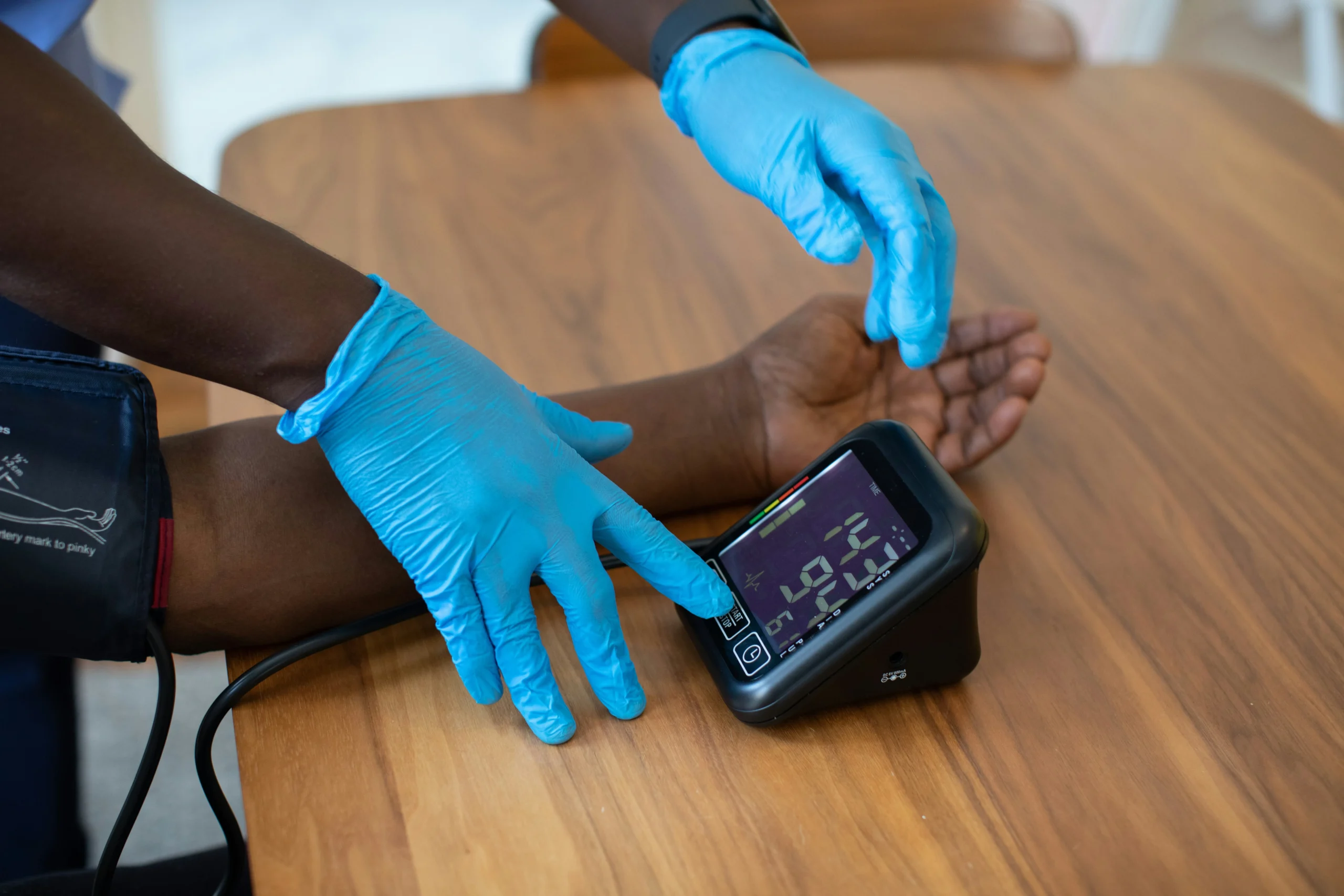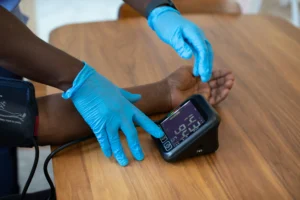Let’s dive into a fact that might surprise you: over 5 million Americans now rely on home health care. It’s a number that speaks volumes about where our healthcare priorities are shifting. But behind every statistic is a story of real people needing care and real professionals providing it. What makes the difference in these stories? Training. Not just any training, but ongoing, comprehensive programs designed to meet the ever-evolving challenges of patient care at home. Data tells us that well-trained home health care workers can dramatically improve patient outcomes. So, how does this investment in education translate to better care, and why is it crucial for the future of home healthcare? Let’s unpack the facts and explore the undeniable impact of training on both caregivers and the individuals they serve.
Importance of Continuous Education and Training
Continuous training is essential for home health care staff for several compelling reasons:
1. Keeping Pace with Medical Advances
The field of medicine is constantly evolving, with new treatments, medications, and care protocols emerging regularly. Continuous training ensures that home health care professionals stay current with these advances, enabling them to provide the most effective and up-to-date care to their patients.
2. Adapting to Technological Innovations
The integration of technology in healthcare, from electronic health records (EHR) to telehealth services, requires staff to be proficient with new systems and tools. Ongoing training helps caregivers navigate these technologies, improving efficiency and facilitating better patient care.
3. Enhancing Quality of Care
Continuous education allows home health care workers to refine their skills and expand their knowledge base, directly impacting the quality of care they provide. It equips them to handle complex health conditions, understand the nuances of patient care in a home setting, and respond effectively to emergencies.
4. Regulatory Compliance and Certification
Healthcare regulations and certification requirements frequently change. Continuous training ensures that home health care professionals meet these evolving standards, maintaining their licensure and avoiding legal or professional issues.
5. Promoting Safety
Regular training programs often include updates on safety protocols and best practices for infection control, crucial in preventing disease spread and ensuring patient and caregiver safety.
6. Reducing Turnover Rates
Investing in the development of home health care staff through continuous training demonstrates an agency’s commitment to its employees. This can increase job satisfaction, loyalty, and ultimately, reduce turnover rates, ensuring a stable and experienced workforce.

Core Areas of Training for Home Health Care Professionals
For home health care professionals, training across core areas is crucial to ensure they are well-equipped to meet patients’ diverse and complex needs in home settings. These core areas include:
Personal Care Training: Personal care is a fundamental component of home health care services, addressing the activities of daily living of patients, such as bathing, dressing, and grooming. Training in personal care ensures that caregivers are skilled in assisting patients with these daily activities in a manner that respects their dignity and promotes independence. Additionally, this training often covers techniques for safely transferring and positioning patients to prevent falls and other injuries. By focusing on personal care, home health care professionals can significantly enhance the comfort and well-being of patients, fostering a supportive and empathetic home care environment.
Chronic Condition Management: With the rising prevalence of chronic diseases like diabetes and heart disease, specialized training in managing these conditions is essential. Home health care staff must be adept at monitoring symptoms, managing medication regimens, and providing dietary and lifestyle advice. This training helps in minimizing complications, improving patient outcomes, and enhancing the quality of life for those living with chronic conditions.
Palliative Care: Training in palliative care principles is critical for professionals caring for terminally ill patients. This includes managing pain and other distressing symptoms, providing emotional support, and understanding end-of-life care preferences. Palliative care training ensures that caregivers can offer compassionate care that respects the dignity and wishes of patients and their families, aiming to improve the quality of life even in its final stages.
Emergency Response: The ability to respond effectively to medical emergencies is vital in home healthcare settings, where immediate access to hospital facilities may be limited. Training in essential life support (BLS) and advanced cardiac life support (ACLS) equips staff with the skills to perform lifesaving interventions, manage cardiac emergencies, and stabilize patients until further medical help is available.
Technology and Telehealth: As healthcare delivery increasingly incorporates technology, training in using electronic health records (EHR) and telehealth platforms is indispensable. This enables home healthcare professionals to efficiently document care, access patient records, and facilitate remote consultations. Proficiency in these technologies enhances the continuity of care, improves communication with the broader healthcare team, and allows for more personalized patient management.
By focusing on these core training areas, home healthcare professionals can provide comprehensive, responsive, and high-quality care tailored to the patient’s individual needs in the comfort of their homes.

Strategies for Implementing Effective Training Programs
Implementing effective training programs for home health care staff necessitates a multifaceted approach that accommodates the diverse learning needs and schedules of caregivers. A cornerstone of this approach is the integration of interactive and simulation-based learning. These methods not only engage learners more effectively but also allow them to practice skills in a controlled, risk-free environment, mirroring real-life scenarios they will encounter in home care settings. Simulation exercises, particularly, are invaluable for honing emergency response skills and complex patient care techniques.
Mentorship and shadowing play a pivotal role in the practical application of learned skills. Pairing new staff with experienced mentors offers a hands-on learning experience that textbooks and lectures alone cannot provide. This method facilitates the transfer of tacit knowledge, nuances of patient interaction, and the development of problem-solving skills in real-world situations. It fosters a supportive learning environment where new caregivers can gain confidence and insight into the intricacies of home health care.
Furthermore, leveraging online learning platforms enables home healthcare professionals to access training materials and courses at their convenience, making it easier to balance ongoing education with work and personal commitments. These platforms offer a range of continuing education opportunities, from webinars to full courses, allowing staff to stay abreast of the latest developments in healthcare and patient care techniques. This flexibility is crucial for maintaining a highly skilled, knowledgeable, and adaptable home health care workforce.
Challenges and Solutions in Training Home Health Care Staff
Training home health care staff presents several challenges, including scheduling conflicts due to the round-the-clock nature of care, budget constraints that limit access to high-quality training resources, and the difficulty of ensuring consistent training quality across diverse geographic locations. To navigate these obstacles, innovative solutions have been identified and implemented by forward-thinking organizations.
One effective strategy is forming partnerships with educational institutions to create tailored training programs that are both affordable and high-quality. These partnerships can offer specialized courses that cater specifically to the needs of home health care professionals. Additionally, seeking government grants or subsidies can alleviate financial burdens associated with training, making it more accessible for a wider range of providers.
Leveraging technology for remote training is another powerful solution. Online platforms and virtual reality simulations offer flexible and interactive learning experiences that staff can engage with on their own schedule, reducing the impact of scheduling conflicts. This approach not only broadens access to training but also enhances the learning experience by incorporating modern, engaging methods. Together, these strategies can significantly improve the training and development landscape for home health care staff, ensuring they are well-prepared to meet the demands of their roles.
The Impact of Training on Patient Care and Outcomes
Comprehensive training for home health care staff directly enhances the quality of patient care and satisfaction, leading to measurable improvements in health outcomes. Here’s how:
Improved Patient Care and Satisfaction:
- Training equips caregivers with the latest techniques and knowledge, enabling them to provide more effective, personalized care.
- Patients feel more confident and satisfied with caregivers who demonstrate competence and professionalism, fostering trust and communication.
Lower Hospital Readmission Rates:
- A well-trained staff is adept at managing chronic conditions, recognizing early signs of complications, and providing appropriate interventions, reducing the need for hospital readmissions.
- Continuous education in preventive care and health maintenance further supports patients in their homes, minimizing emergency situations.
Impact Demonstrated through Case Studies and Statistics:
- Case studies have shown that targeted training in wound care management led to a 40% reduction in related complications and readmissions.
- A program focusing on medication management training for home health care staff was associated with a 30% decrease in medication errors, contributing to safer patient environments and better health outcomes.
Conclusion
As we’ve explored the critical importance of training and development for home health care staff, it’s clear that such investments directly contribute to enhanced patient care and satisfaction. At Bell Tower Home Health Care Agency, we prioritize the continuous learning and advancement of our caregivers, ensuring they are well-equipped to meet the diverse needs of our patients with the utmost competence and compassion. If you or your loved ones are seeking high-quality, personalized home health care services, where caregivers are not just skilled but also continuously evolving with the latest in healthcare advancements, we invite you to contact us. Discover how our commitment to excellence and ongoing staff development can make a meaningful difference in your home health care experience. Let Bell Tower Home Health Care Agency be your partner in navigating health care at home, where your well-being is our foremost priority.



